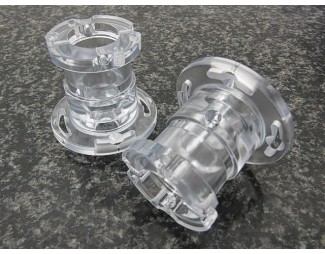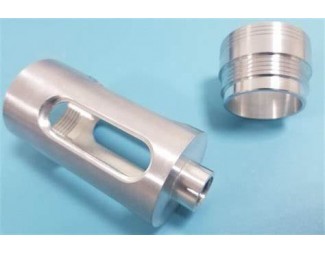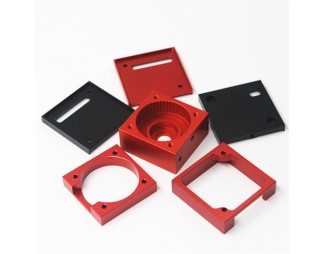How to Choose The Prototyping Technology for Product Development
In the fast-paced world of product development, creating prototypes is an essential step to bring an idea to life and ensure its viability. Prototypes serve as early models of a product that help designers, engineers, and stakeholders identify flaws, explore design variations, and evaluate user experience before full-scale production. However, choosing the right prototyping technology can be challenging, as it greatly influences the outcome of the development process. With numerous options available, it's crucial to assess your specific needs and goals.
Understanding the Importance of Prototyping
Prototyping not only saves time and money by identifying problems early on, but it also provides a tangible representation of a product concept. It enables teams to make informed decisions and helps secure investor or customer interest. However, the technology you choose plays a pivotal role in how effectively you achieve these outcomes
Key Factors to Consider When Choosing Prototyping Technology
1. Material Requirements
The type of material your product requires will have a direct impact on the prototyping method you choose. For example, if your product is intended for mass production and requires specific material properties, such as heat resistance, flexibility, or strength, it’s important to select a technology that can accurately replicate these characteristics. 3D printing, for instance, is excellent for prototypes with complex geometries, but it might not always match the material strength of traditional manufacturing methods.
2. Level of Detail
Some projects require high levels of precision, while others are more forgiving. For products that need intricate details or precise measurements, methods such as CNC machining or stereolithography (SLA) 3D printing are often ideal due to their high accuracy. On the other hand, if you're simply testing overall functionality, a quick and inexpensive method such as 3D printing using fused deposition modeling (FDM) might be sufficient.
3. Budget and Timeline
Budget and timeline are often the deciding factors when choosing a prototyping technology. 3D printing is widely considered one of the most cost-effective methods for creating prototypes, particularly when it comes to low-volume production. However, some technologies, such as injection molding or metal casting, may offer better long-term cost-efficiency for larger-scale manufacturing. It’s important to balance the need for speed and precision with available resources.
4. Functionality vs. Aesthetics
Determine whether your prototype’s purpose is functional or aesthetic. If your primary goal is to test how well a product works (e.g., mechanisms, joints, or moving parts), functional prototypes created using techniques like 3D printing or CNC machining are effective. For prototypes focused on visual appeal and presentation, methods like SLA or casting could be better, as they produce smooth finishes and realistic models that closely resemble the final product.
5. Iterative Development
Prototyping often requires multiple iterations as ideas evolve and problems are discovered. Some technologies offer faster turnaround times, which is beneficial for rapid prototyping. FDM 3D printing, for instance, allows for quick and inexpensive iterations. In contrast, more complex methods, such as injection molding or metal prototyping, can be time-consuming and costly if multiple iterations are required.
Popular Prototyping Technologies
• 3D Printing (Additive Manufacturing): A leading choice for prototyping, 3D printing offers fast production times, flexibility in design, and the ability to create complex geometries. FDM and SLA are commonly used variants for rapid prototyping, with FDM being affordable and ideal for basic functional prototypes, while SLA produces high-quality, smooth models ideal for detailed, aesthetic prototypes.
• CNC Machining: CNC machines are used to carve or mill prototypes from a solid block of material (e.g., plastic, metal). This method provides high precision and works well for functional prototypes that need to closely mirror the final product's durability. CNC is typically better suited for low to medium-volume production runs.
• Injection Molding: Often used for mass-production-ready prototypes, injection molding involves creating molds and injecting material into them to form parts. It is an ideal choice for products that require consistent, high-quality parts and can help simulate how the final product will perform in production.
• Vacuum Casting: Casting methods like silicone or resin casting are ideal for prototypes that require accurate replication of the final product. These methods work well for smaller volumes or when creating a physical model for testing a product’s fit, form, or function.
If you have any prototype project in hand, please feel free to contact: enquiry@abcrapid.com.

Search
Recent Post













